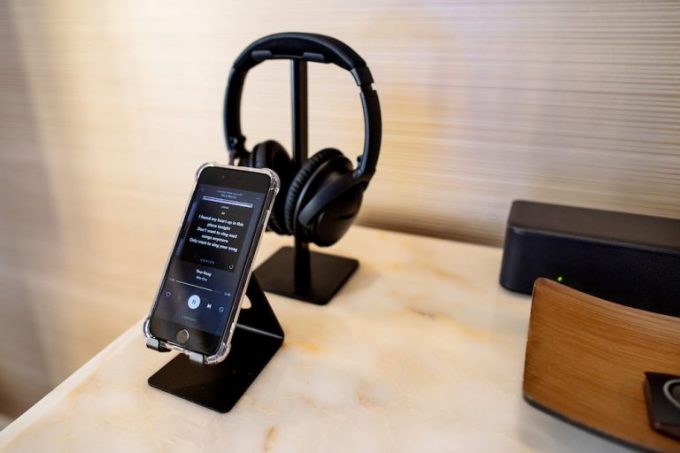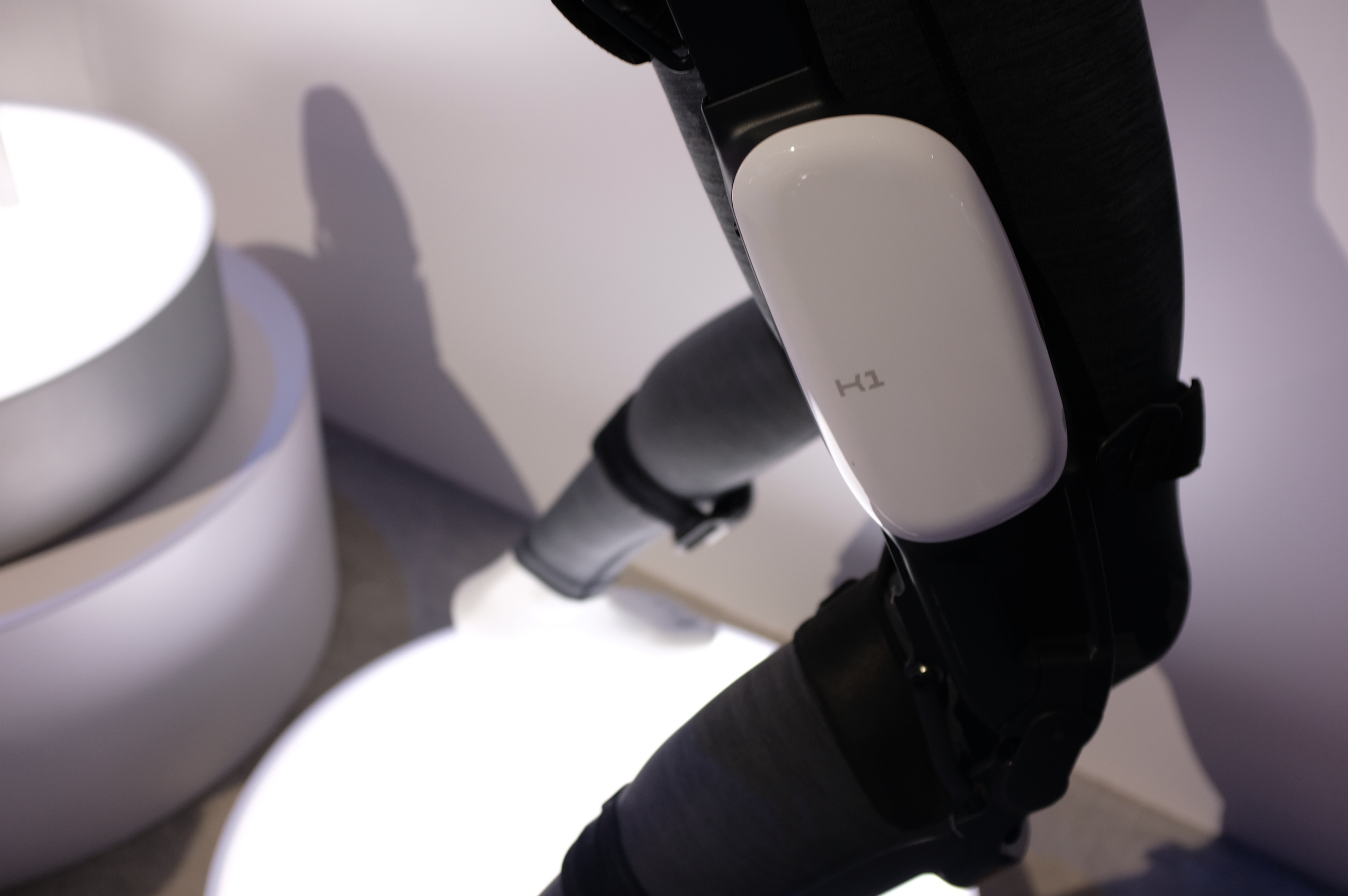Having established itself as a top streaming service with now over 200 million users, Spotify this year is preparing to focus more of its attention on podcasts. The company plans bring its personalization technology to podcasts in order to make better recommendations, update its app’s interface so people can access podcasts more easily, and broker more exclusives with podcast creators. It’s also getting into the business of selling ads within podcasts, as a means of generating revenue from this increasingly popular form of audio programming.
In fact, Spotify has already begun to dabble in podcast ad sales, ahead of this larger push.
Spotify, we’ve learned, has been selling its own advertisements in its original podcasts since mid-2018 year, including in programs like Spotify Original “Amy Schumer Presents: 3 Girls, 1 Keith,” “The Joe Budden Podcast,” “Dissect,” “Showstopper,” and others. With more exclusives planned for the year ahead, the portion of Spotify’s ad business focused on podcasts will also grow.
The company appears to be taking a different approach to working with podcasters than it does with it comes to working with music artists.

Today, Spotify gives artists tools that help share their work and be discovered – it invested in distribution platform DistroKid, for example, and now lets artists submit tracks for playlist consideration. With podcasters, however, Spotify wants to either bring their voices in-house, or at least exclusively license their content.
“Over the last year, we become very focused on building out a great podcast universe,” said Head of Spotify Studios Courtney Holt, speaking at the Consumer Electronics Show (CES) in Las Vegas this week. “The first step was to make sure that we’ve got the world’s best podcasts on Spotify, and integrated the experience into the service in a way that allowed people to build habits and behavior there,” he said.
“What we started to see is that the types of podcasts that really were working on Spotify were ones where they were really authentic voices…so we just decided to invest more in those types of voices,” Holt added.
Spotify’s collection of originals has been steadily growing over the past year. Last August, for example, Spotify nabbed an exclusive deal with the “Joe Budden” podcast, which is aimed at hip-hop and rap culture fans, and launched its first branded podcast, “Ebb & Flow,” focused on hip-hop and R&B. Its full original lineup today also includes “Dissect,” Amy Schumer’s “3 Girls, 1 Keith,” “Mogul,” “The Rewind with Guy Raz,” “Showstopper,” “Unpacked,” “Crimetown” (Its first season was wide, second season is exclusive to Spotify), “UnderCover,” and “El Chapo: El Jefe y su Juicio.”
At CES, Spotify announced the addition of one more – journalist Jemele Hill is coming Spotify with an exclusive podcast called “Unbothered,” which will feature high-profile guests in sports, music, politics, culture, and more.
In growing its collection of originals, the company found that podcasters who joined Spotify exclusively were actually able to grow their audience, despite leaving other distribution platforms.
For example, the Joe Budden podcast had its highest streaming day ever after joining Spotify.

This has led Spotify to believe that influencers in the podcast community will be able to bring their community with them when they become a Spotify exclusive, and then further grow their listener base by tapping into Spotify’s larger music user base and, soon, an improved recommendation system.
There are other perks for Spotify, too – when users come to Spotify and begin to listen to podcasts, they often then spend more time engaged with the app, it found.
“People who consume podcasts on Spotify are consuming more of Spotify – including music,” said Holt. “So we found that in increasing our [podcast] catalog and spending more time to make the user experience better, it wasn’t taking away from music, it was enhancing the overall time spent on the platform,” he noted.
While chasing exclusive deals to bring more original podcasts to Spotify will be a big initiative this year, Spotify will continue to offer its recently launched podcasts submission feature to everyone else.
With this sort of basic infrastructure in place, Spotify now wants to help users discover new podcasts and improve the listening experience.
One aspect of this will involve pointing listeners to other podcast content they may like.
For instance, Spotify could point Joe Budden fans to other podcasts about hip-hop and rap. It will also leverage its multi-year partnership with Samsung to allow listeners pick up where they left off in an episode as they move between different devices. And it will turn its personalization and recommendation technology to podcasts – including the ads in the podcasts themselves.
“Think about what we’ve done around music – the more understand you around the music you stream, the more we can personalize the ad experience. Now we can take that to podcasts,” said Brian Benedik, VP and Global Head of Advertising Sales at Spotify, when asked about the potential for Spotify selling ads in podcasts.
The company has been testing the waters with its own podcast ad sales since mid 2018, Benedik said. The sales are handled in-house by Spotify’s ad sales team for the time being.
Benedik had also appeared on a panel this week at CES, where he talked about the value of contextual advertising – meaning, ads that can be personalized to the user based on factors like mood, behavior and moments. This data could be appealing to podcast advertisers, as well.
But to scale its efforts around podcast ads, Spotify will need to invest in digital ad insertion technology. Benedik told us Spotify is currently deciding whether that’s something it wants to build in-house or acquire outright.
Spotify’s rival Pandora went the latter route. It closed on the acquisition of adtech company Adswizz in May 2018, then introduced capabilities for shorter, more personalized ads in August. By November, Pandora announced it was bringing its Genome technology to podcasts, which allowed for a recommendation system.
Now Spotify aims to catch up.
The addition of podcasts has reoriented Spotify’s focus as company, Holt said.
“We’re an audio company. We’re trying to be the world’s best audio service,” he told the audience at CES. “It’s a pure play for us. We’re seeing increased engagement; there’s great commercial opportunities from podcasting that we’ve never seen on the platform…And, obviously, exclusives are to give us something that makes the platform truly unique – to have people come to Spotify for something you can’t get anywhere else is the sort of cherry on top of that entire strategy,” Holt said.
Image credits: Spotify










